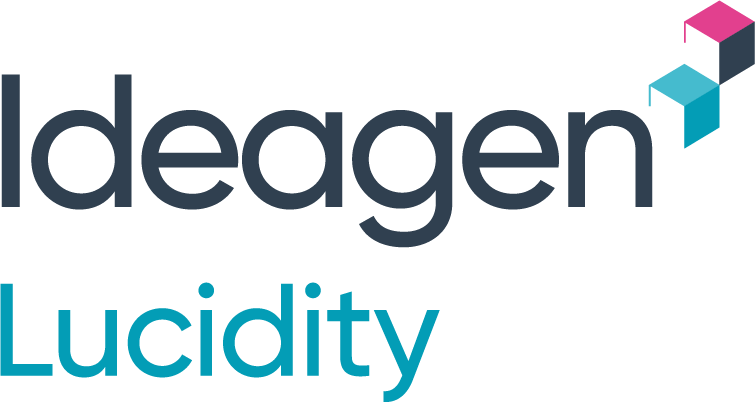Across the world, there is a significant talent shortage and it's affecting Australia and New Zealand just as much as anywhere else, with labour shortages among the worst we have seen in some time. NSW alone is projected to be short 304,000 employees by 2025-26 unless we can get back to normal.
This is an unfortunate hangover of the COVID-19 pandemic with restrictions, lockdowns and border closures limiting migration, education and professional development. We are starting to really feel the effects of fewer skilled employees across the APAC region, and Construction, Health and Aged care services, IT and Engineering are feeling the most significant shortages.
To combat this, the Australian government will increase migrant intake from 160,000 to 195,000 a year and New Zealand is doubling working holiday visas. However, this may take some time to assist with shortages in such a competitive market.
According to The Safe Step, HSE jobs grow 36% faster than the national average. Mining and Construction enjoyed substantial gains in HSE job opportunities in the July quarter. Construction rose by 27.9% and reached a new record high in July. Mining peaked in June, then retreated slightly in July (up 26.1% overall in the quarter).
In a talent shortage, the first step to meeting demand is understanding how to attract the best talent to your business. But that is only half the battle. Being able to retain them in such a competitive landscape is also a significant challenge.
Strategies for attracting and retaining talent:
Showcase your Culture of Safety
Every high-risk industry should have a dedicated strategy to not only mitigate risks, hazards and incidents but also promote the importance of a Safety first Culture.
Furthermore, your Safety first Culture should be integral to your overall company culture. Mitigating risks and protecting your workers, environment, and company reputation could be the key differentiator to attracting the right talent.
No one wants to go to work and be unsure if their employer is looking after them. By highlighting your company's importance on Zero Harm and continuous safety improvement, you will prove that you care about their well-being and display why they should work for you.
Showcase you digital transformation
No one wants to work at a company that is behind the times. Automating tasks and streamlining HSEQ processes can play an integral part in attracting the right talent.
Technologies like Uber, WhatsApp, Amazon, etc. are used so heavily in our everyday lives and are dictating how we can simply do anything from our phones and smart devices. As a result, future talent does not want to work with pen and paper and manual processes.
Showcasing that you are a technology, process and data-driven business that gives them the power to log, submit and access information from anywhere via a system like Lucidity can help show future workers that you are innovative and addressing future challenges.
Provide a seamless onboarding/induction experience
First impressions last a lifetime. Although Onboarding and Site Inductions can be tedious tasks, if done incorrectly, they will leave a lacklustre impression on the culture of your business.
A seamless onboarding and site induction process should facilitate the importance you place on risk mitigation, workers' safety and all aspects of avoiding incidents. Using a system like Lucidity can streamline Learning, Training and Site Inductions without pen and paper.
Providing an industry-leading experience with a digital induction process will help retain talent as they understand the importance you place on their safety and proactive risk mitigation.
Show that you are being proactive - tackle Psychological Risks head on
ISO 45003 is the first global standard to give practical guidance on managing psychological health in the workplace.
Victoria will shortly be the first jurisdiction in Australia to legislate the specific requirement for psychosocial risk assessments, with others anticipated to follow suit.
Taking a proactive rather than reactive approach will go a long way in attracting new talent and retaining current workers, as you show them the importance you place on risk mitigation in more than a physical capacity. Although not mandatory, high-risk industries are expected to adhere to ISO 45003 shortly and you can set yourself aside from the competition early by tacking requirements head on.
To learn more about how Lucidity can help you manage safety in your workplace, contact our team or schedule a free demo today.



